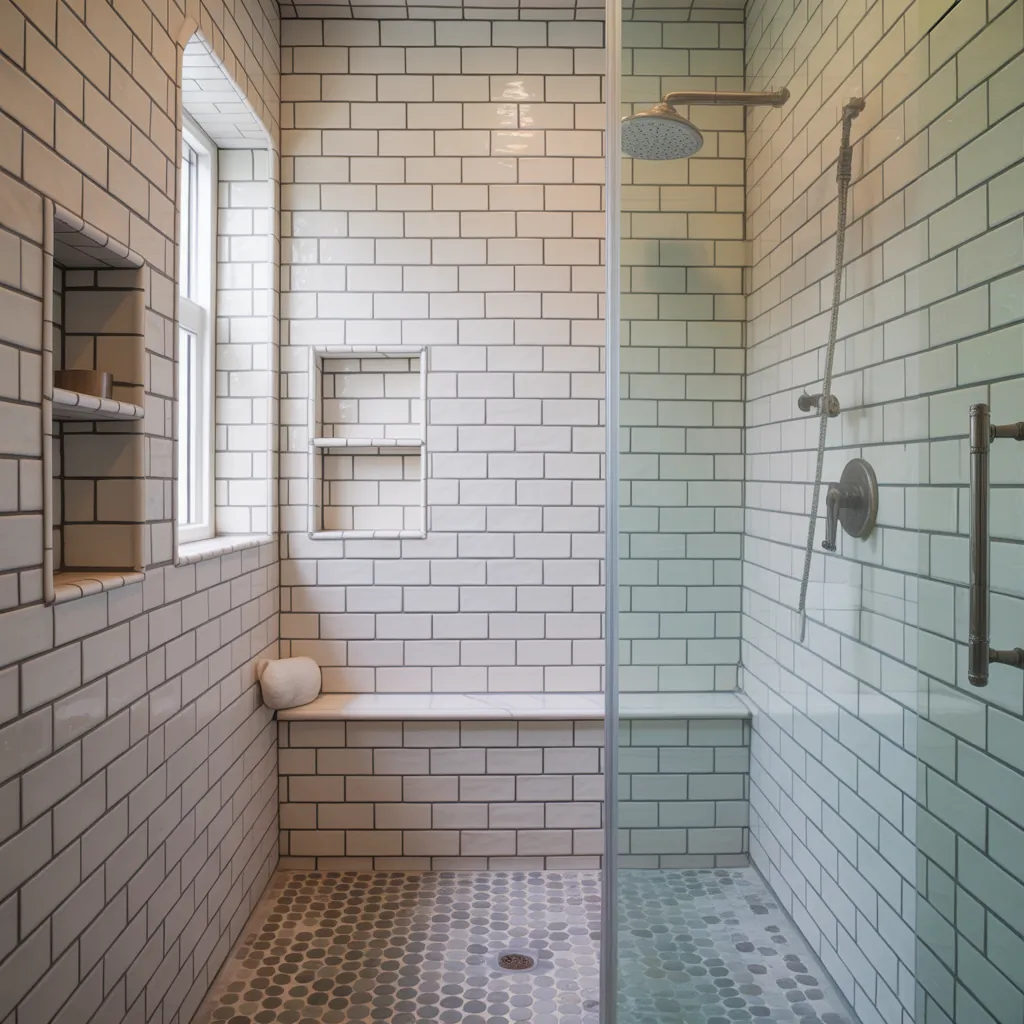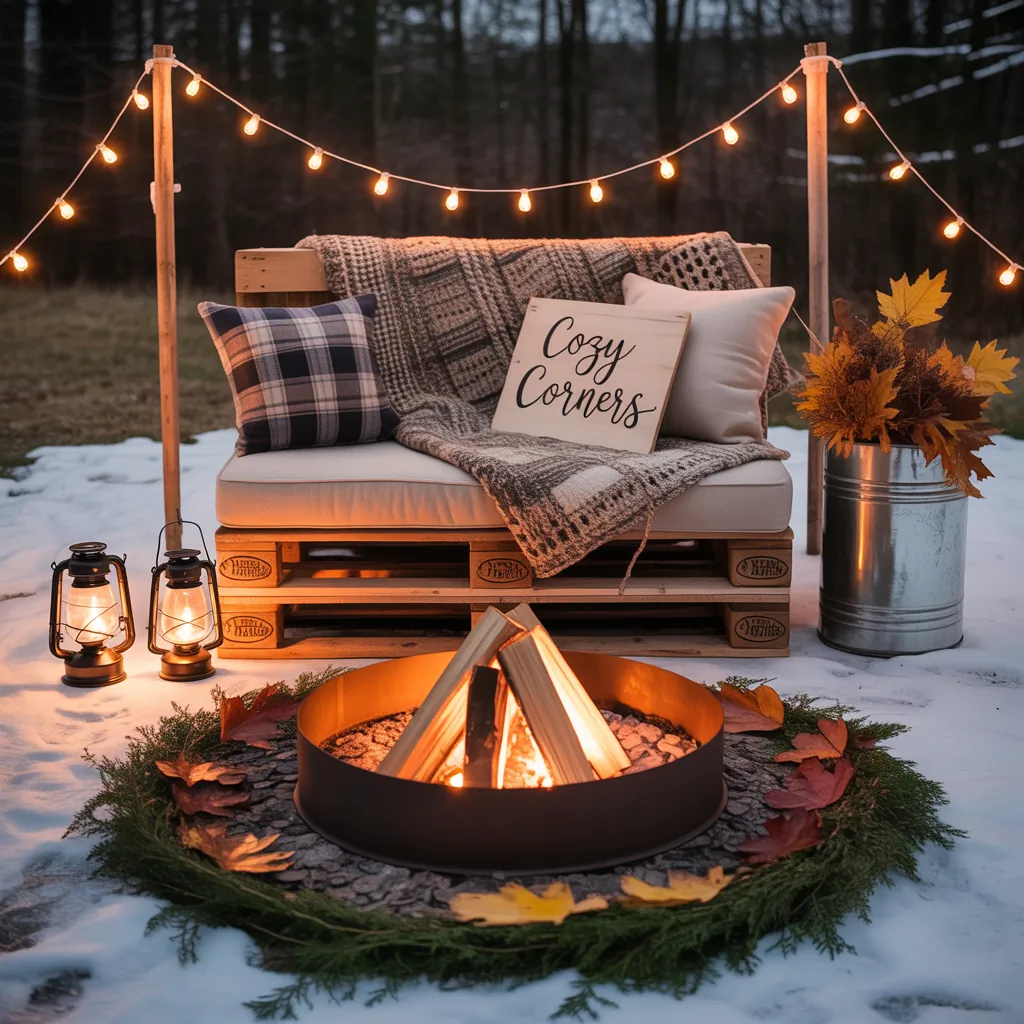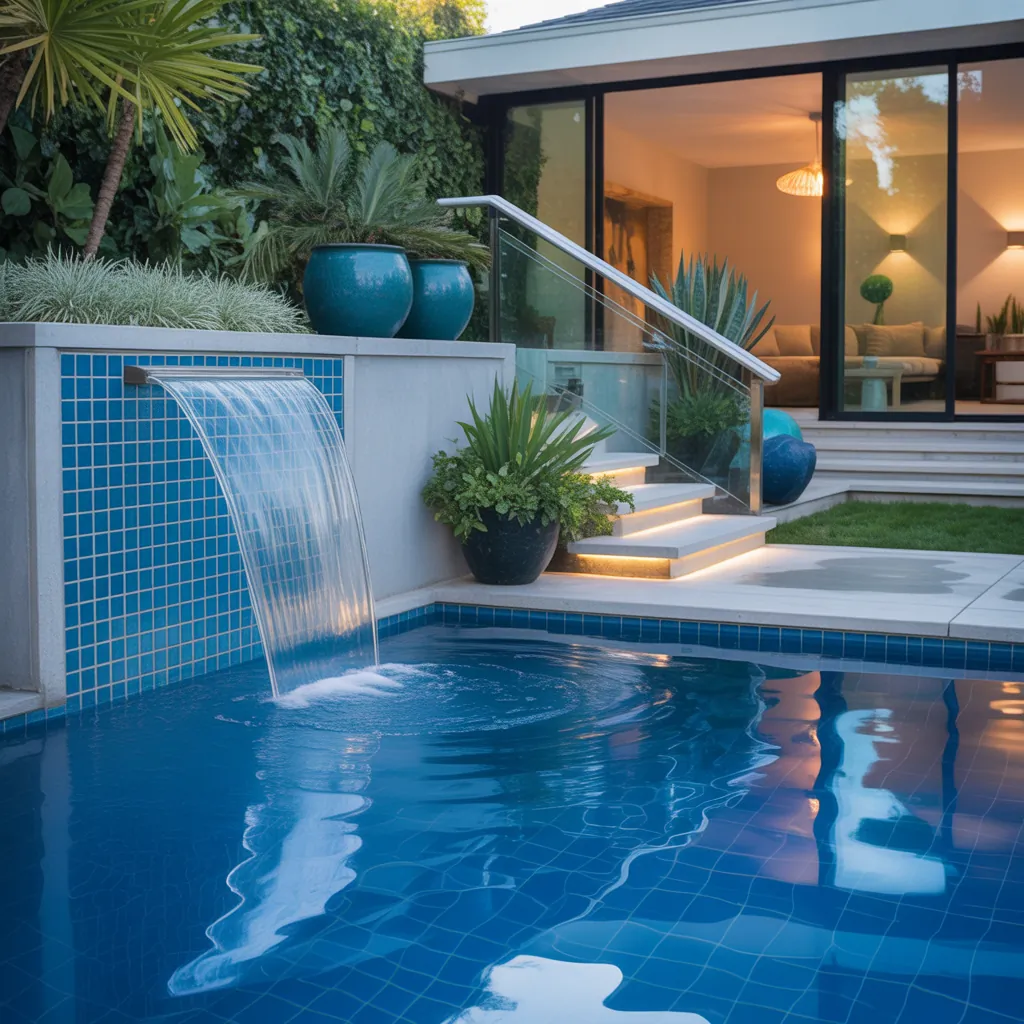Ever stood in a cramped, dated shower and thought, “If only this tiny space felt bigger and brighter”? You’re not alone. Small bathroom remodeling can feel overwhelming—limited square footage, awkward layouts, and the fear that a mistake will make the space feel even smaller. The great news: the right shower tile design can transform a tiny shower into a spa-like, visually expanded space without a full gut remodel. Below are practical, stylish, and budget-friendly shower tile ideas for small bathrooms that you can try yourself or plan with a contractor.
Why Tile Choice Matters in Small Showers
Tile is one of the most powerful visual tools in a bathroom. Color, size, layout, grout, and finish all affect how big or small the shower feels. Light-reflecting tiles, large-format slabs, and vertical patterns can create the illusion of space. Conversely, too many small tiles or heavy grout lines can make a tiny shower feel cluttered. Think of tile as both a functional waterproofing surface and a design decision that sets the tone for your whole bathroom.
Shower Tile Ideas for Small Bathrooms
1. Go Big with Large-Format Tile
Large porcelain or ceramic tiles with fewer grout lines visually open up the wall. Choose lighter tones—soft whites, creams, or pale grays—to reflect light and make the area feel airier. Large tiles are also easier to clean, which is a bonus for a compact shower.
2. Stacked Subway Tiles for Modern Vertical Height
Classic subway tile remains a favorite. Instead of the traditional staggered brick pattern, stack subway tiles vertically to draw the eye upward and make the ceiling feel higher. Narrow grout lines in a matching color keep the look seamless.
3. Use a Monochrome Palette with a Bold Accent
Keep walls and floor in similar shades to create continuity. Add a single accent—like a vertical strip of mosaic tile in the niche or at the shower entrance—to give personality without overwhelming the small space.
4. Diagonal or Herringbone Patterns for Depth
Diagonal layouts on the floor or a herringbone pattern on one feature wall create visual movement that distracts from the small footprint. Use these patterns sparingly so they don’t make the shower feel busy.
5. Glassy, Light-Reflecting Tiles
Glossy, glass, or polished ceramic tiles bounce light around the shower, making it feel larger. Combine with a frameless glass shower door to keep sightlines open and let light pass through unobstructed.
6. Small Floor Tiles for Slip-Resistance
While large wall tiles work well, choose smaller mosaics or penny rounds for the shower floor for better traction. Match grout color carefully; lighter grout will hide soap scum less than darker grout.
7. Built-In Niche & Recessed Shelving
Integrate a tiled shower niche rather than adding bulky caddies. Niche accents can use contrasting tile to create a focal point without crowding the shower.
Practical DIY Tips & Step-by-Step Tiling Plan
Tools & Materials You’ll Need
- Tile (wall and floor), thin-set mortar, grout, waterproofing membrane or cement board
- Tile cutter or wet saw (rental is fine), notched trowel, tile spacers
- Rubber grout float, sponge, level, measuring tape
- Silicone sealant, safety gear (glasses, gloves), bucket
Step-by-Step: Tiling a Small Shower (Weekend-Friendly)
- Plan the layout: dry-fit tiles on the wall to minimize awkward cuts. Determine focal wall and decide grout color.
- Prep the surface: remove old tile, check studs and plumbing, install cement backer board, and apply a waterproofing membrane.
- Start with the feature wall: apply thin-set, set tiles using spacers, and check alignment with a level.
- Cut tiles as needed for edges and around fixtures. Take your time—precision reduces visible repairs later.
- Grout after recommended cure time, remove excess, and seal grout if necessary (for porous tiles).
- Install corner and perimeter silicone to prevent water seepage and allow movement.
Typical timeline: 2–4 days for DIYers who work carefully (longer if plumbing changes are needed). If you’re unsure about waterproofing or shower pan work, hire a professional for those steps—proper waterproofing prevents costly damage.
Real-World Considerations & Design Advice
- Light and Mirrors: Maximize natural and artificial light. A bright vanity light or LED recessed fixtures help tiles shine. A mirror outside the shower can reflect light back in.
- Grout Choices: Match grout to tile for unity; contrast grout highlights patterns. Use epoxy grout for high-moisture areas if you want extra durability.
- Color Psychology: Cool blues and soft greens feel fresh; warm neutrals feel cozy. For the illusion of space, prioritize light, cool tones.
- Budget Tips: Use affordable subway tiles for most surfaces and splurge on a mosaic or decorative strip for interest. Rent tools instead of buying for a single project.
- Accessibility: Consider curbless showers and slip-resistant floor tiles to future-proof the design.
Maintenance Tips for Tiled Small Showers
Keep grout clean by wiping down tile after showers, using a squeegee to reduce water spots, and re-sealing grout annually if needed. Regular inspection of perimeter caulk and grout lines can catch issues early before they become leaks.
Frequently Asked Questions
1. What tile size works best in a small shower?
For walls, large-format tiles reduce grout lines and visually enlarge the space. For floors, use smaller tiles or mosaics for better slip resistance and easier slope-to-drain. Balance the two for safety and scale.
2. Should grout match tile in a tiny bathroom?
Matching grout color to the tile creates a seamless look that makes the shower appear larger. Contrasting grout emphasizes pattern and texture—use it sparingly if you want a bold design without shrinking the feel of the room.
3. Is tiling a shower a good DIY project for beginners?
Basic wall tiling can be beginner-friendly with patience and the right tools. Key areas to consider hiring a pro for are the shower pan, waterproofing membrane, and any plumbing modifications to avoid long-term water damage.
Conclusion
With thoughtful tile selection and a smart layout, shower tile ideas for small bathrooms can turn a cramped space into a bright, stylish retreat. Whether you opt for large-format tiles, vertical stacked subway, a subtle mosaic accent, or a bold herringbone feature, the right choices will make your small shower feel bigger and more inviting. Ready to start planning? Browse our DIY projects for weekend-friendly upgrades, or get inspired by more home design ideas to match your bathroom’s new look. If you’re tackling your first tiling job, sketch a layout, pick a few sample tiles to test in your shower light, and decide which steps you’ll DIY versus hire out—then get started this weekend!



